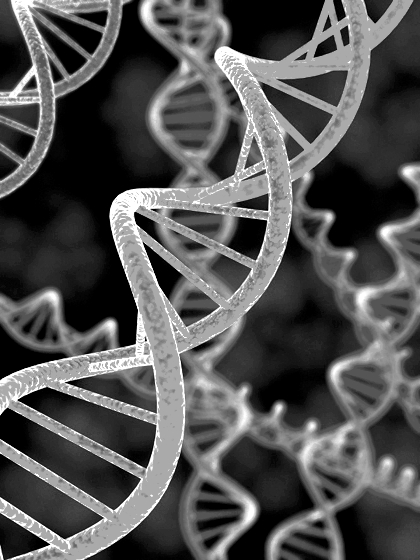Indigenous DNA spread detailed
 The genetic signal of Aboriginal Australians has been found in South America.
The genetic signal of Aboriginal Australians has been found in South America.
In 2015, studies identified evidence of Indigenous Australian, Melanesian, and South Asian genetics in modern Native American populations living in the Amazon.
There has been lively debate since then over just how a connection formed between people so far apart.
One of the strongest theories is that Australasian genes flowed into the Americas through a giant land-based migration across Eurasia around 20,000 years ago, when the landmass of Beringia served as a bridge to Alaska.
Evidence of Australasian genes dating back about 15,000 years is still present in the blood of Indigenous Amazonian groups today.
But a new study suggests the genetic spread was even wider than first thought.
A hallmark of Australasian influence in South America is the 'Ypikuéra population' signal (Y signal). It is a genetic variant that had only been seen in present-day Amazonian populations.
But this signal has now been found outside the Amazon for the first time, with a genomic analysis of 383 individuals from a number of indigenous groups in South America revealing that the Y signal also exists in the indigenous peoples of Chotuna (living near the Pacific coast of Peru), Guaraní Kaiowá (central west Brazil), and Xavánte (close to the center of Brazil).
“Our results showed that the Australasian genetic signal, previously described as exclusive to Amazonian groups, was also identified in the Pacific coastal population, pointing to a more widespread signal distribution within South America, and possibly implicating an ancient contact between Pacific and Amazonian dwellers,” the researchers said in their study.
The new findings also indicate at least two migratory waves, with a group of people with the Y variation settling in the Pacific coastal regions, before another group also with Australasian ancestry migrated eastwards to inhabit the Amazon and central Brazil.
The Y signal has not been found north of South America. The experts suggest that while these ancient migrants must once have passed through that territory, they may not have mixed in with the contemporaneous populations of North and Central America to be evident today.
It is also possible that those carrying the Y variant in North and Central America did not survive the violent transitions of European colonisation, or that it has simply not been searched for widely enough.








 Print
Print